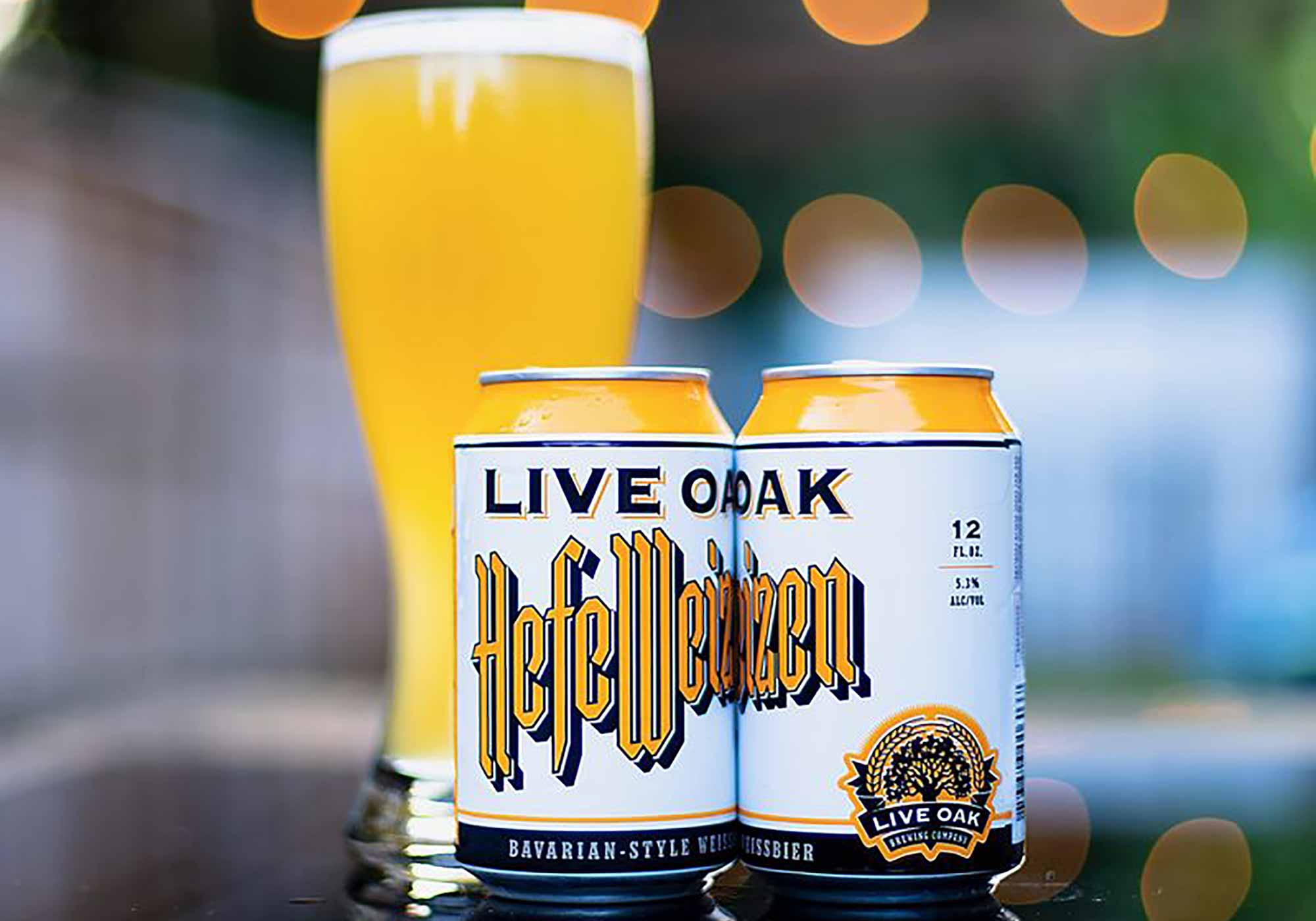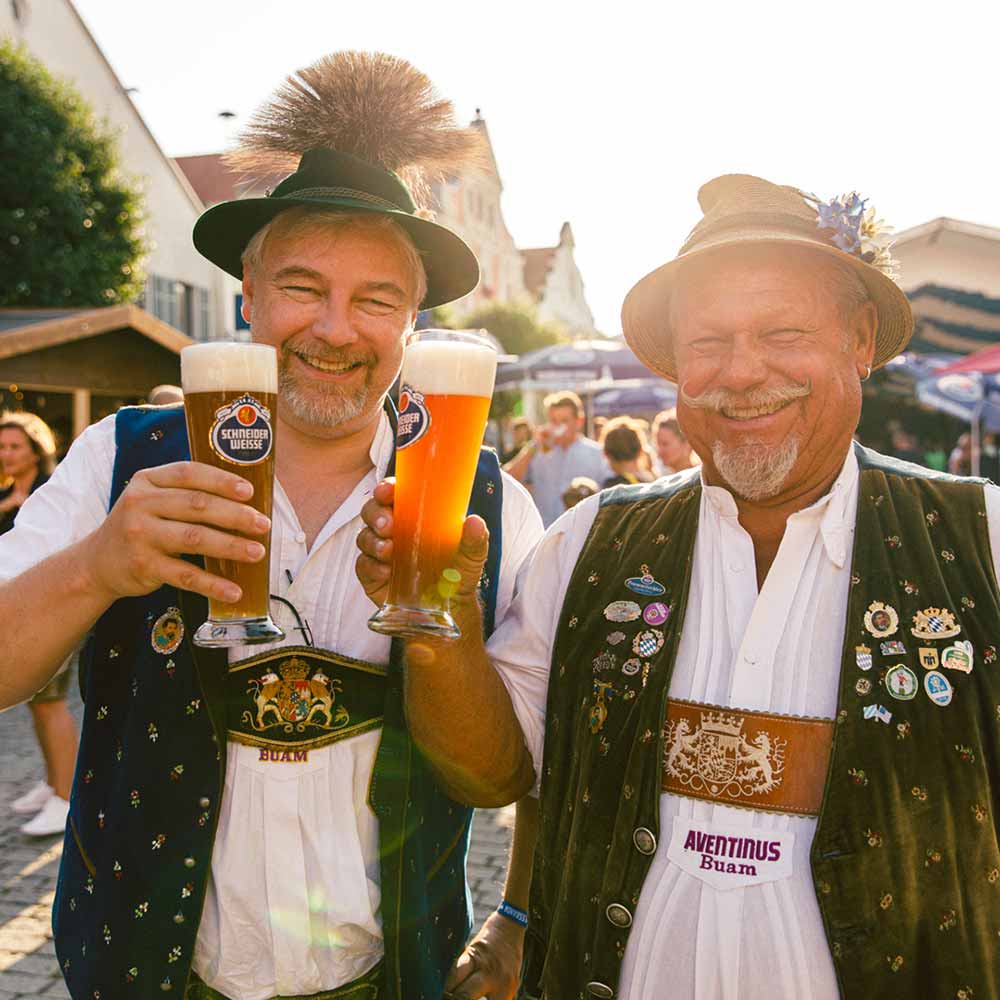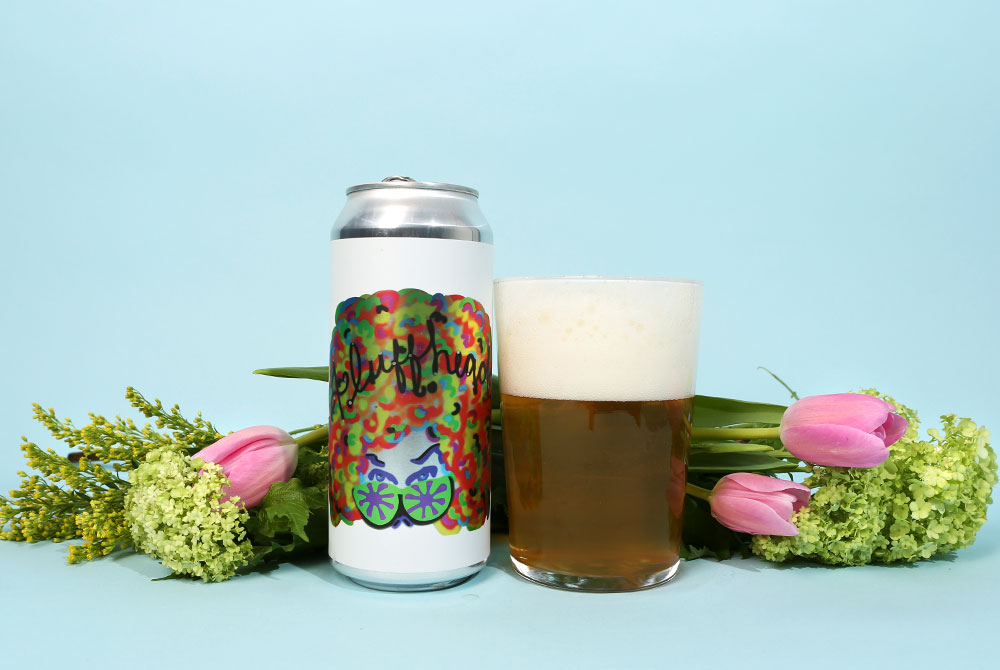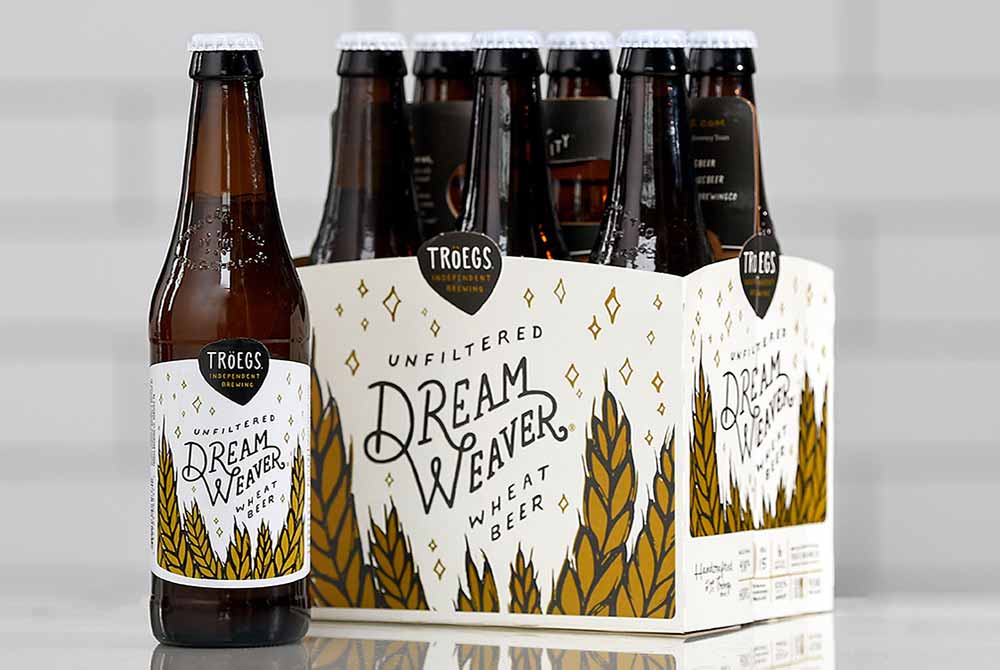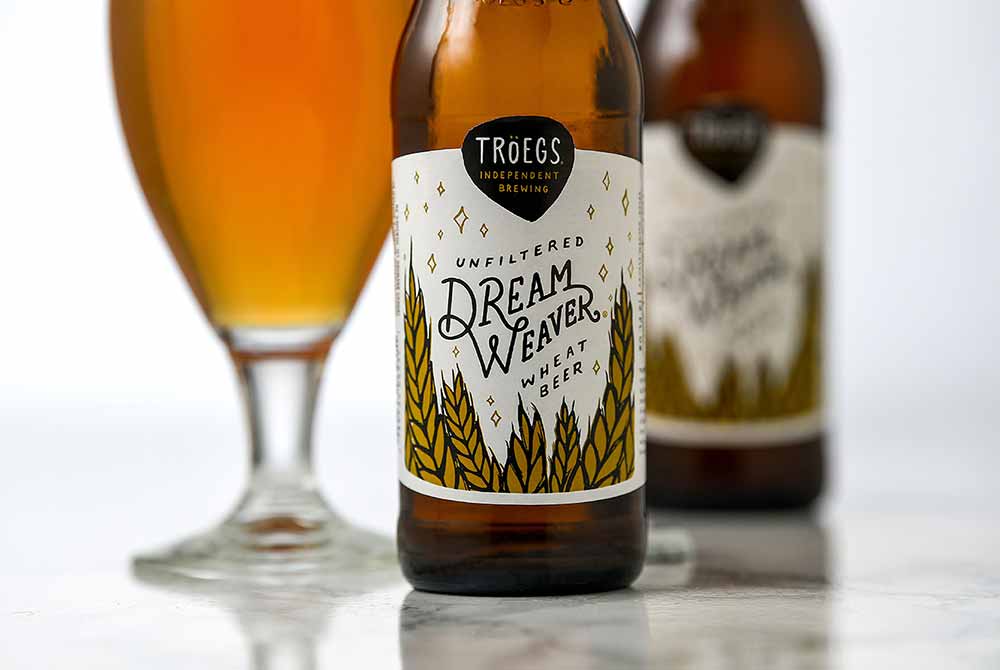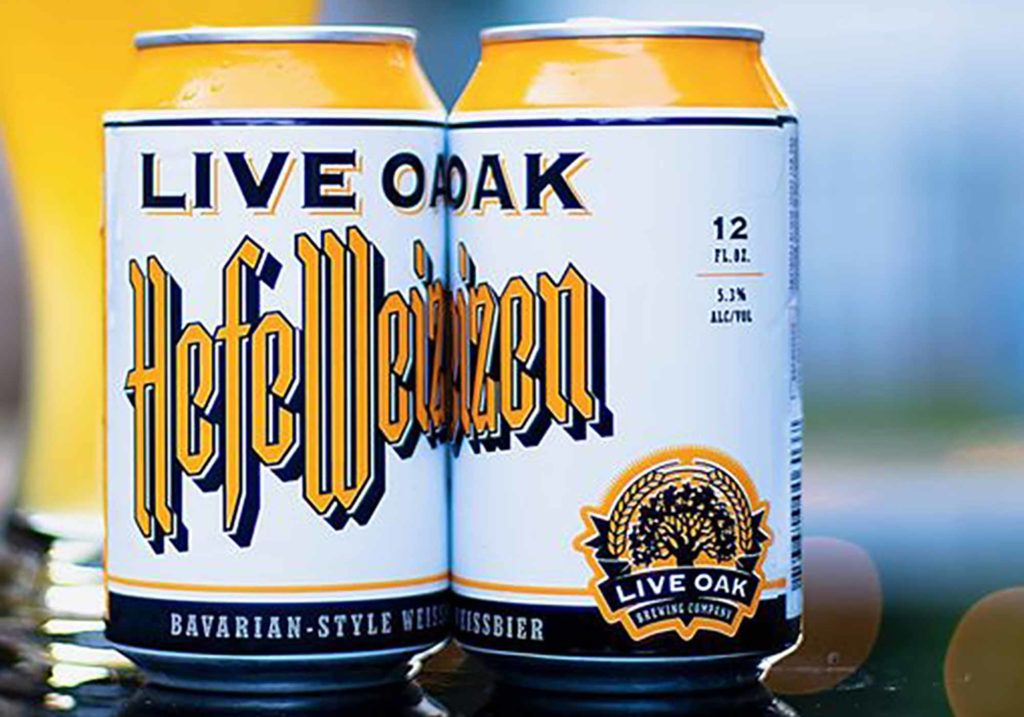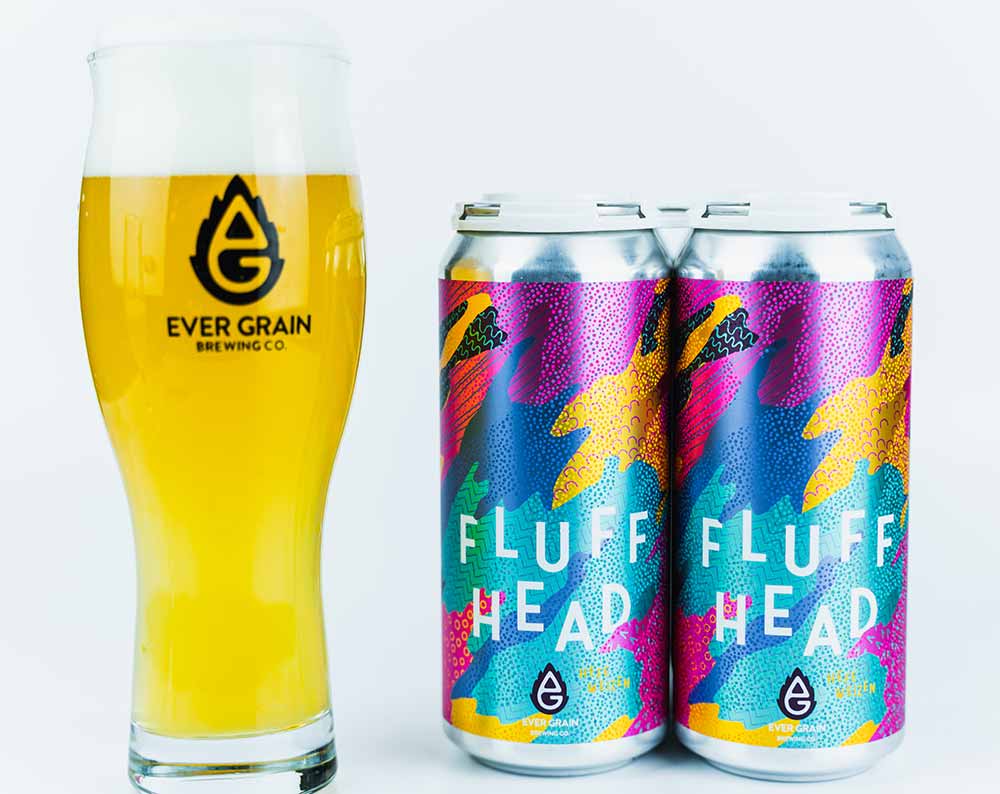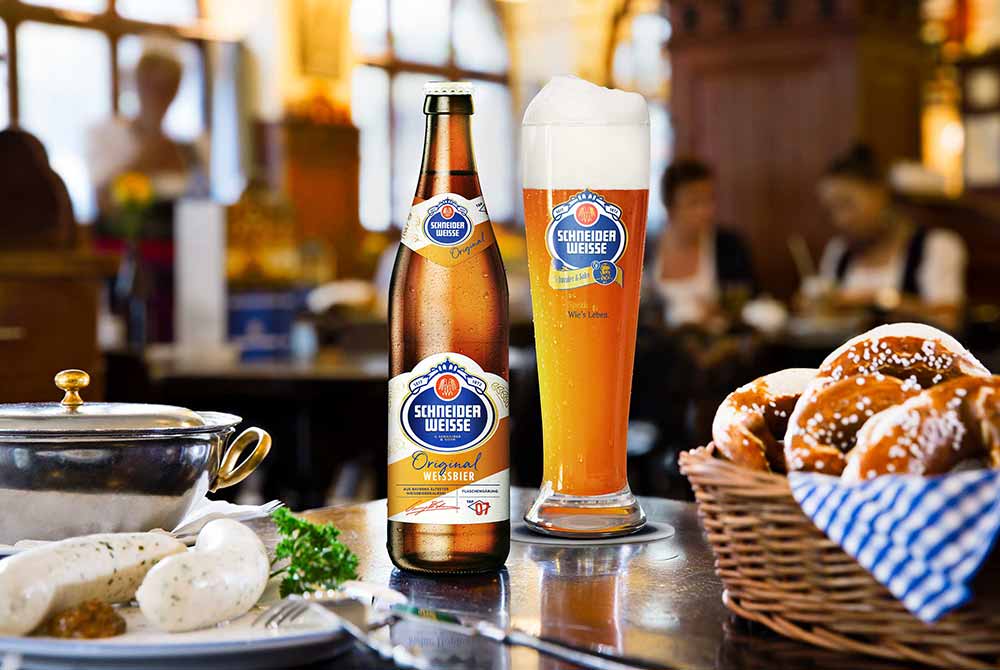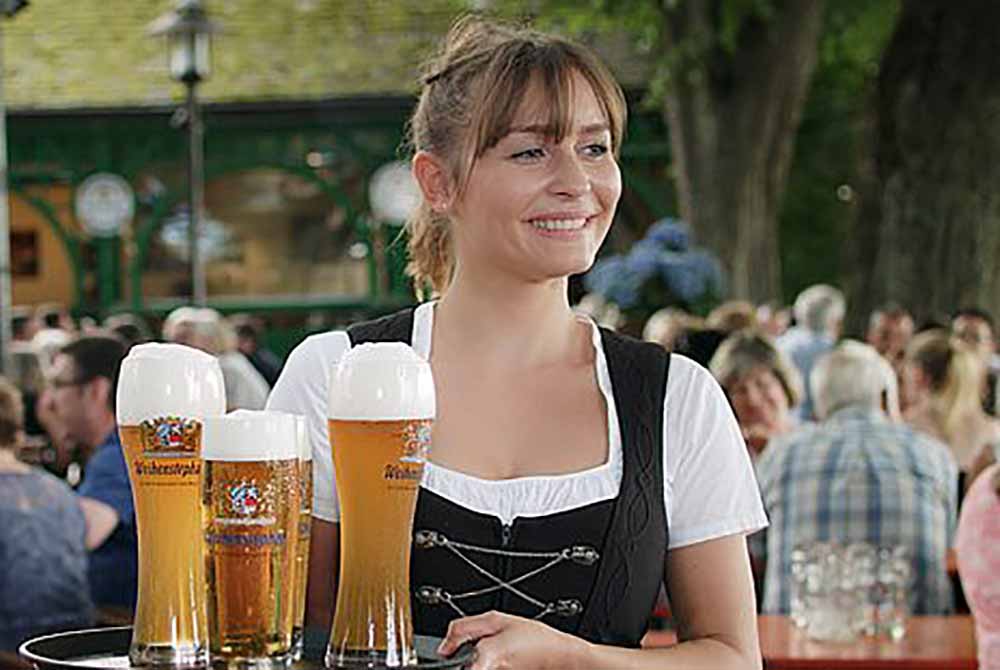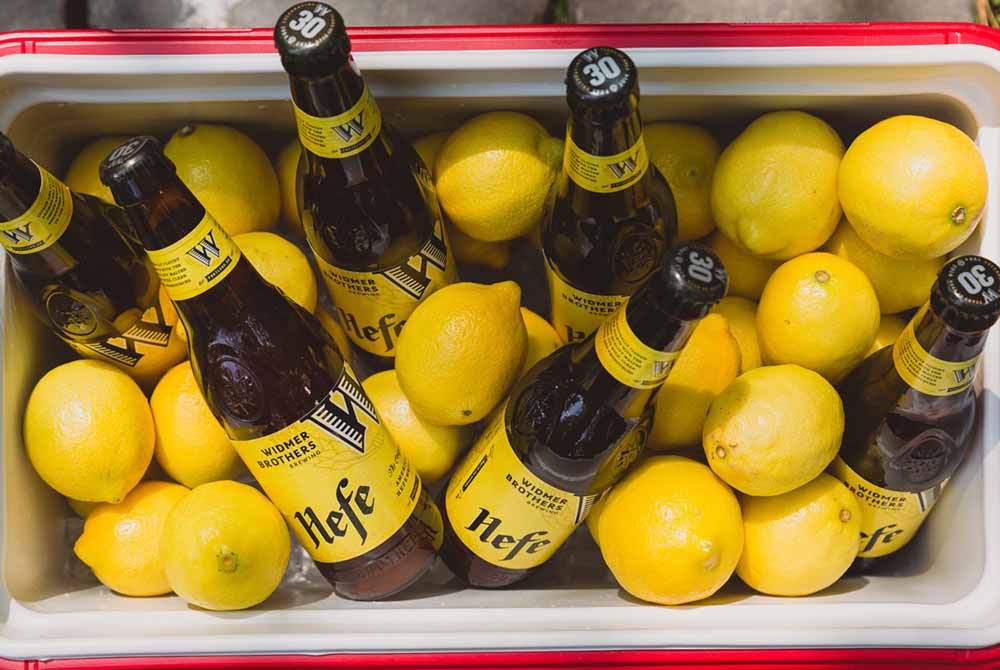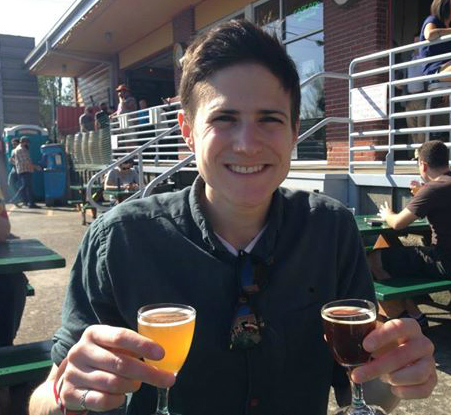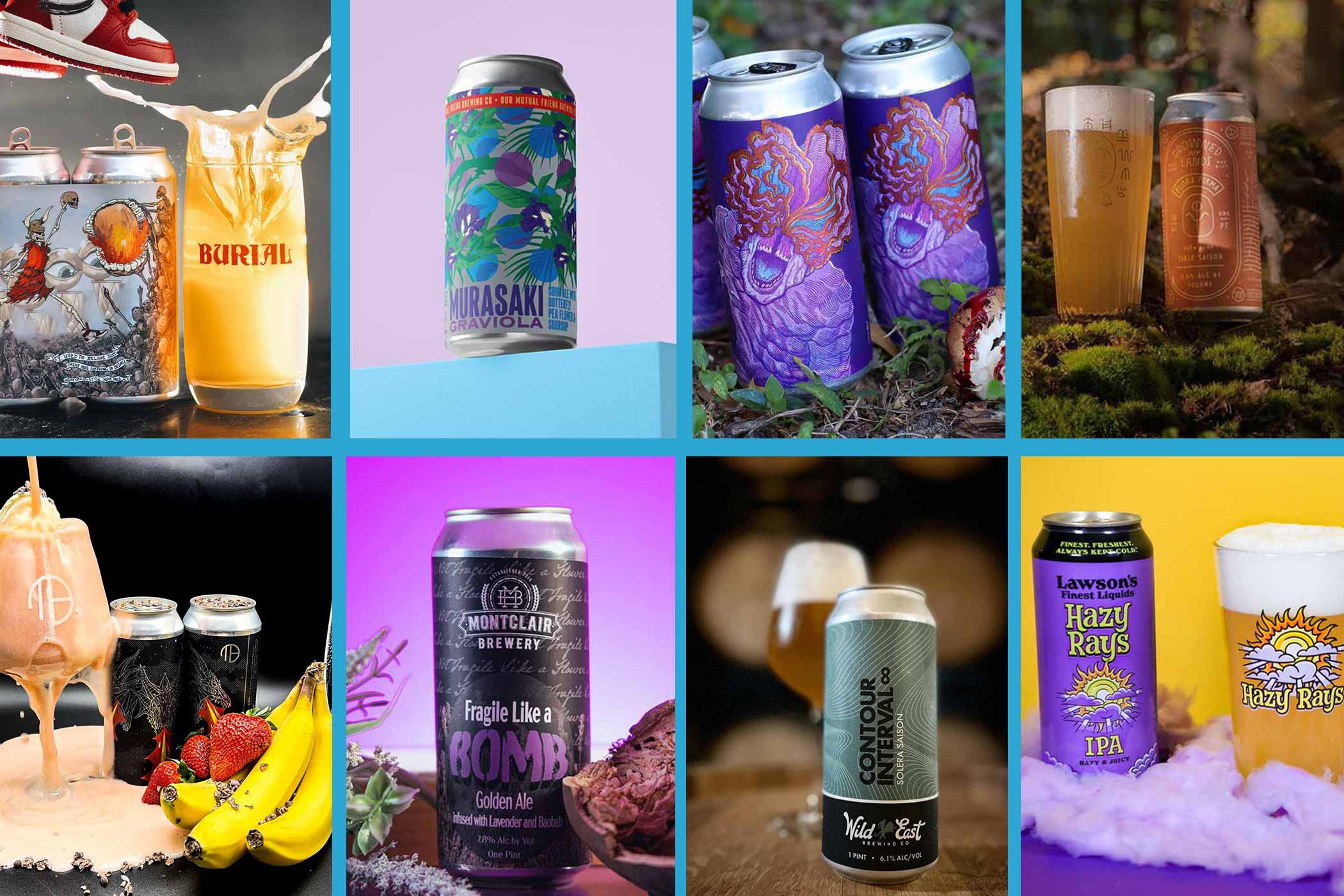Shop
What Is a Hefeweizen?
The beast of yeasts.
With aggressive hazy IPAs and West Coast IPAs dominating craft beer, it’s sobering to remember that other, more approachable versions of ales exist. Styles like hefeweizen, a German-style wheat beer, are excellent for breaking up your palette fatigue from hoppy beers.
But what is a hefeweizen?
In German, hefe means “yeast” and weizen translates to “wheat.” And it’s those two ingredients that typically define this style of ale. Pouring a cloudy, golden color with a thick foamy head from the wheat, hefeweizens also feature iconic banana, clove, bubblegum, and even black pepper aromas and notes from the yeast.
As a whole, hefeweizens are an easy-drinking, refreshing beer. Whether you’re drinking them on a hot day in the summer or around a fire pit in the fall, hefeweizens are an under-the-radar style that you shouldn’t skip.
A Brief History of Hefeweizens
This history of hefeweizens has roots dating back hundreds of years in Germany. Originating in the 1520s in Bavaria, Germany, hefeweizens are a type of weissbier (“white beer”) also known as weizenbier (“wheat beer”). These beers actually stepped a bit outside of the bounds of the Reinheitsgebot, the Bavarian Purity Law, which stated that brewers could only make beer with four ingredients: barley, hops, water, and yeast (apparently wheat did not count as barley!).
For that reason, the rulers of Bavaria at the time (and lovers of weizenbier), the Dukes of Wittelsbach, created a loophole called Weissbierregal, or the “right to brew wheat beer.” In 1520 the rulers decreed that a single brewery in the village of Schwarzach run by the Dukes of Degenberg would be allowed to brew weizenbier.
The Degenbergs were the sole brewers of weizenbier and hefeweizens until 1602, when the final Duke of Degenberg died without an heir. All the family’s assets passed to the ruling Wittelbachs. The head honcho at the time, Duke Maximilian I, believed weizenbiers had economic potential, so he expanded production to more and more breweries in Bavaria.
The popularity of weizenbiers grew, but by the late 18th century, traditional dark lagers had eclipsed the style. By 1812 only two breweries in Bavaria still made weizenbier, and in 1856, the Wittelbachs sold their declining brewing rights to Georg I. Schneider; he became the first commoner granted the right to brew wheat beer. The brewery G. Schneider & Sohn started production of Schneider Weisse in September 1872.
Today, G. Schneider & Sohn makes one of the most popular versions in the world along with German brewery Weihenstephaner, which calls itself the oldest brewery in the world. Brewed according to centuries-old traditions on the Weihenstephan hill, Hefeweissbier is an epitome of the German style, pouring golden-yellow with a fine head of white foam, smells of cloves, and refreshing, full-bodied yeasty banana flavor.
Through it all, this sturdy style persevered, eventually making its way to America in the late 20th century.
Hefeweizens Hitchhike to America
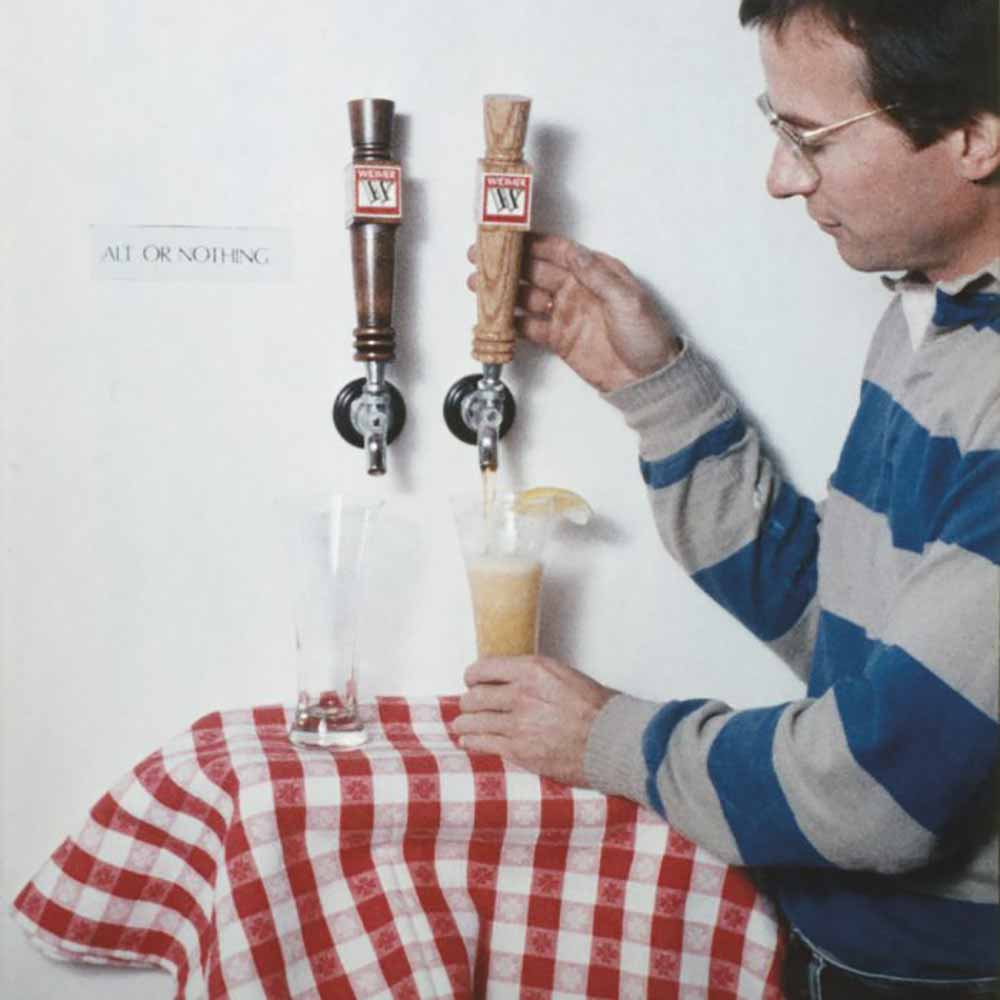
Photography courtesy of Widmer Brothers
In the 19th century, the hefeweizen came to America on the coattails of a wave of German immigrants. But from a craft perspective, it wasn’t until the 1980s that brewers began playing with the style.
In 1984, Kurt and Rob Widmer started Widmer Brothers Brewing in Portland, Oregon. At the time, they only had two beers—an altbier and a weizenbier (while similar to a hefeweizen, this style is actually a filtered wheat beer).
A couple of years later, one of their longtime accounts asked the Widmer brothers to make a third beer, but they didn’t have the tank space. Not wanting to disappoint their customer, they got creative.
“Our hefeweizen was born almost by accident,” says Jacob Nielson, brand manager at Widmer Brothers. “In a stroke of genius and a bit of luck, [the brothers thought] why not take the weizenbier and just not filter it to keep all the yeast and solids in the beer and have it be hazy?”
In 1986, Widmer Brothers Brewing brewed its third-ever beer, Widmer Brothers Hefe.
That beer started the hefeweizen style in the modern American craft beer movement. During the 1980s, most consumers wanted crystal clear, filtered beer. At the time, the term “hazy is lazy” dominated, referring to the perception that hazy beer meant that brewers hadn’t taken the time to filter it.
“This was the first time someone intentionally brought hazy beer to market,” says Nielson. “Accidentally, we created a new style of beer—the American hefeweizen.”
Today, many modern craft brewers consider the house that hefe built or the Church of Wheat (as the Widmer Brothers team affectionately calls their brewery) as the originator of the style.
And even beer judging competitions recognize tasting notes from Widmer Brothers’ Hefe as the universal standard.
How Do Brewers Define a Hefeweizen?
Traditionally, specific ingredients define a hefeweizen. From the very beginning, this beer starts with wheat. As we mentioned, weizen means “wheat” in German.
Featuring up to fifty to sixty-five percent wheat in the mash, hefeweizens leverage this protein-rich grain to create a style-defining head of thick foam.
“Wheat is a big one because it adds protein and a good head retention to the beer,” says Derek Testerman, brewer at Ever Grain Brewing in Camp Hill, PA, whose aptly named hefeweizen Fluffhead refers to that iconic, fluffy head.
Ever Grain uses half wheat malt and half pilsner malt, which helps keep the beer pale in color.
Just down the road, John Trogner, co-founder and brewmaster at Tröegs Independent Brewing says, “If you hit fifty to sixty percent wheat…you’re ninety-nine percent there.”
Perhaps unsurprisingly, a trip to Germany inspired Trogner to make DreamWeaver Wheat, Tröegs’ version of a hefeweizen.
While building his second brewhouse, Trogner traveled overseas to check on his equipment before paying the final bill.
“The joke was that an American brewmaster was coming over on his birthday, and he loves weiss beer,” says Trogner. “They took me all over trying the local beers. I think I had six or seven total hours of sleep that whole trip.”
During his German drinking adventures, Trogner tried to learn some weiss brewing secrets but found most German crafters heavily guarded their recipes.
“Finally, one wrote this down and handed it to me: fifty percent wheat, fifty percent barley, and Ferulic acid,” says Trogner, noting that Ferulic acid naturally occurs in wheat and barley and helps create that black pepper flavor.
Building on that simple recipe, Tröegs uses a blend of red and white wheat to balance the flavors and textures of its hefeweizen.
But weizen, or wheat, is only half the story.
“With hefeweizen, it’s all about the wheat hanging out with the yeast and having a good time,” says Nielson.
What About The Yeast?
The other word… Hefe translates from German to “yeast.”
Above all, the true characteristic of a hefeweizen comes from a specific yeast strain that gives off bubblegum, banana, vanilla, clove, and even black pepper flavors and aromas.
For Testerman, that yeast treatment sets hefeweizens apart and helps create that end flavor profile.
“You can use different oxygen and pitch rates to guide the yeast in the direction you want to go,” says Testerman. “We stress ours out a bit to produce more ester character—the bubblegum spice flavor with a little bit of vanilla.”
At Tröegs, Trogner likes to tease out more predominant black pepper qualities from that particular yeast strain.
“For us, a definition of a weiss beer is yeast dominant with a good amount of black pepper and clove, supported by banana—not like a banana milkshake or eating a banana, but just a slight support for other flavors,” he says. “We’ll adjust the water, mash, yeast growth, yeast pitching rate, and water chemistry to coax out more black pepper.”
The temperature of the mash and in the fermentation brings out the different nuanced flavors of the yeast.
“Ultimately, water sets the canvas, and the mash temperatures are the paint palettes we’re coloring the beer in,” says Trogner. “If you want more banana, you adjust the temperature of the mash. If you want more black pepper and clove, you adjust the temperature of the mash.”
And Those Flavors Are All Just Coming from the Yeast!?
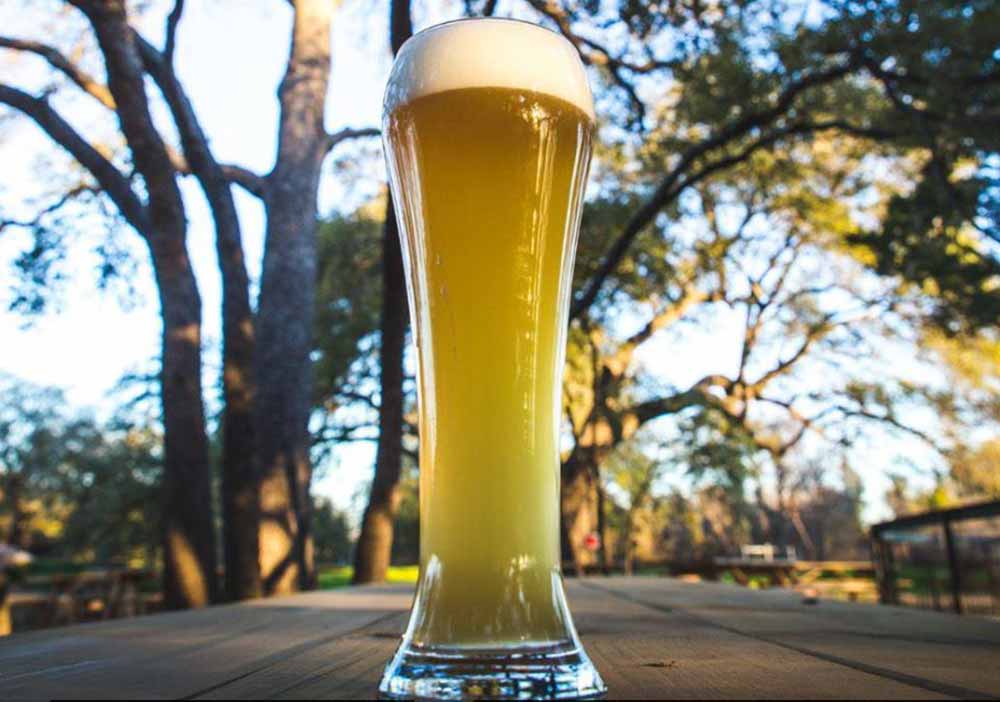
Photography courtesy of @Willamettercraftenthsiast
Yes! It’s incredible, but all of the predominant flavors of a hefeweizen primarily come from the yeast itself. Whereas a Belgian-style witbier gets its characteristic citrus and spice flavors from a physical addition of orange or coriander, no adjuncts are added to a hefeweizen.
“It’s kind of a dad joke on our tour that we tell them this is the point where we add the bananas and the bubblegum,” says Dusan Kwiatkowski, head brewer at Live Oak Brewing Company, a European-style brewery in Austin, TX, whose Live Oak HefeWeizen has steadily grown in popularity. “It’s just a potent aroma and flavor from the yeast.”
As such a predominant piece of the hefeweizen puzzle, the yeast requires meticulous care and attention.
“People don’t necessarily understand that you have to keep the yeast in good condition to give you the flavor you want,” says Trogner. “It’s not the same as a typical ale or lager yeast; it needs a slightly different care package.”
At Tröegs, the brewery first ferments the beer in a tank without a lid. Trogner says this process releases pressure on the yeast, bringing more bitter substances to the top as the yeast rises. A spillway at the top of the tank removes these bitter compounds, helping contribute to the final flavor Trogner wants for DreamWeaver.
All in all, a hefeweizen is just about simple ingredients. But to tease out those classic flavors, this beer requires honing techniques and paying careful attention to the health of your yeast to coax out the most complex flavor.
How Should You Drink a Hefeweizen?
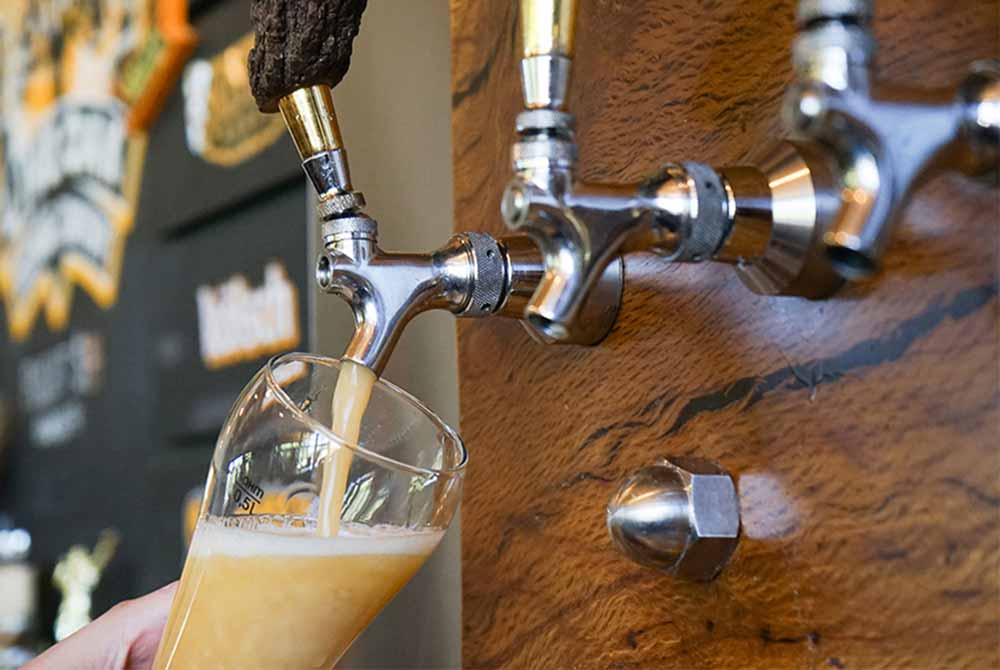
Photography courtesy of Live Oak Brewing
Fresh. Period.
Since the yeast adds such a distinct profile to this beer, time will cause the yeast to drop out of the beer, ultimately altering the flavor.
“The freshness all the way to the consumer is a big part of that style for us and why we’ve been able to hold it down,” says Kwiatkowski. “We’re making it, getting it on the truck, and getting it out. There’s a very short pipeline.”
Live Oak only distributes in Texas and pours nearly 5,000 bbls of Hefeweizen on draft.
In addition to drinking hefes fresh, Trogner recommends giving the bottle or can a quick swirl to rouse the yeast.
“That’s an important step for me…because I want the flavor and texture to come from the yeast,” says Trogner. Additionally, he pours a hefeweizen into a tall skinny glass to help bring out that fizzy carbonation and nice fluffy foam.
What Is the Classic Appearance, Aroma, and Flavor of a Hefeweizen?
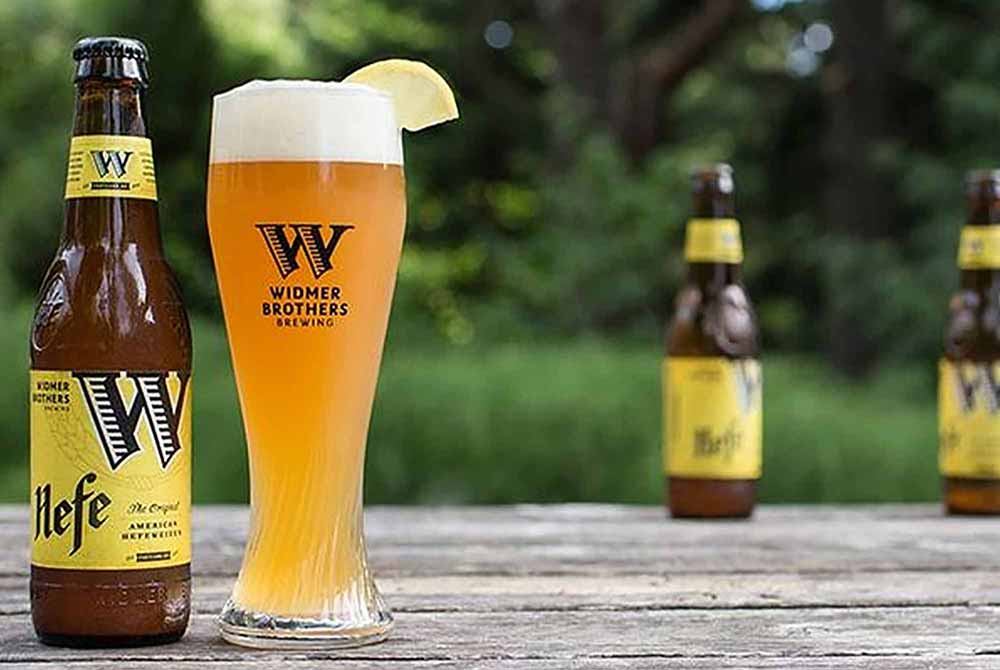
Photography courtesy of Widmer Brothers
The classic combination of wheat, barley, and yeast brings the signature characteristics to hefeweizens.
Typically pouring a pale, golden, straw color, hefes immediately impart aromas of the aforementioned banana, vanilla, clove, bubblegum, and black pepper, depending on how the brewer treats their mash and yeast.
Those same characters carry over into the actual beer itself and are accentuated by a bright pop of carbonation, as hefeweizens often feature a higher carbonation level than other styles.
“Tighter bubbles give you a different drinking experience,” says Testerman.
Kwiatkowski continues, saying, “It’s a full mouthfeel; with the carbonation sparkle and the attenuation, it wipes away and gets you ready for the next [sip].”
It’s one of the reasons why hefeweizens are so refreshing and perfect for that hot summer day. Whether you’re enjoying a historical one from Germany or a craft version from an American brewer, add a hefeweizen to your rotation. Even if just to give your palate a break from hop-forward hazy IPAs.
The Best Hefeweizens You Can Try Right Now
DreamWeaver Wheat – Tröegs Independent Brewing
Hershey, PA
Inspired by trips to Germany, John and his brother Chris developed DreamWeaver to evoke their favorite memories of German beer and brewing techniques. DreamWeaver sways a bit heavier on the black pepper and clove flavors.”
The yeast comes through with a silk texture,” says Trogner. “There is a balance of acidity through the carbonation, and the red wheat balances with malty, cracker flavor.”
If you want more experimentation with this style, stay tuned to Tröegs Scratch Series. Trogner says the brewery peppers (see what we did there?) in new offerings dedicated to exploring the complexities of this expressive yeast. According to Trogner, the brewery plans to march malt-wise, from amber to brown and bock up (another pun!) through doppelbock, all with weiss beer yeast.
Live Oak HefeWeizen – Live Oak Brewing Company
Austin, TX
Immensely popular on the hot patios of Texas, Live Oak HefeWeizen pours a very pale golden color with a healthy haze of yeast and an immensely dense head. It’s a classic version of this style at its best.
“Ours is pretty ester phenol forward, so you get a good aroma of clove-y, vanilla, and a little bubblegum,” says Kwiatkowski. “Then, way at the back, a little bit of banana. The perfectly ripe banana, not the overripe banana.”
Fluffhead – Ever Grain Brewing Company
Camp Hill, PA
The name of this beer says it all. Ever Grain’s hefeweizen Fluffhead pours a pale straw color with a hazy, cloudy body and a big fluffy head.
“It’s got flavors of big banana and bubblegum with a touch of noble hop character on the nose,” says Testerman. “When I drink [Fluffhead], it has a high-carbonation mouthfeel, a little more vanilla in the flavor, and the body is light or medium. It’s easy drinking.”
Original (TAP07) – Schneider Weiss G. Schneider & Sohn
Kelheim, Bavaria, Germany
If you want to drink a glass of history, this is your beer. Schneider Weiss single-handedly kept the hefeweizen style alive through the late nineteenth century and into the twentieth century until it became popular again. And the experience shows. With numerous awards in national and international competitions, the Original Schneider Weiss pours a much darker color than is typical for the style. But this is a marquee beer marked by heritage. When drinking a Schneider Weiss, you are drinking Bavaria in a pint.
Weihenstephaner Hefeweissbier – Bayerische Staatsbrauerei Weihenstephan
Freising, Bayern Germany
If you want the classic German version, you can’t go wrong with one from the oldest brewery in the world—Weihenstephaner Hefeweissbier. A winner of numerous awards, Weihenstephaner is the epitome of a German hefeweizen and should be on your list of variations to try.
Hefe – Widmer Brothers Brewing
Portland, OR
One of the earliest craft versions of the style in America, Widmer Brothers Hefe is the beer that started it all. Most hefeweizens today in America come from this beer. And it shows, racking up twenty-eight awards over the past thirty-plus years. Most recently, this one earned a bronze at the 2018 Great American Beer Festival.
“We’re most proud of that one,” says Neilson. “That beer that won GABF was a production batch we sold as normal… It wasn’t a specialty [beer]. We didn’t brew it all together in a room and tweak. We just took it off the line as fresh as we could get. It was just our production team making delicious beer.”
The cloudy flagship leverages high-quality wheat for a bold, clean, citrusy, floral beer. One that’s perfect with a wedge of lemon on the rim. In fact, the lemon is a defining characteristic of this hefeweizen.
“If we pour our hefeweizen…it’s a nice golden color, hazy, with an inch and a half of white head that stays and sticks,” says Neilson. “A slice of lemon on top accentuates many flavors in Widmer Brothers’ Hefe that we want to bring forward—aromas of citrus and clove, lightness, and a little touch of crackery body.”
Grimm Weisse – Grimm Artisanal Ales
Brooklyn, NY
Quite a special version of a hefeweizen, Grimm Weiss gets double decocts in the mash. This extra step, often found in traditional Czech pilsner-style brewing, takes a portion of the mash, removes it, and boils it for an extra layer of caramelization, before adding it back into the kettle.
We imagine the care shown here to this hefeweizen helped it become the third highest-rated hefeweizen in the world last year according to Untappd ratings, hitting a 3.87 on the world’s largest social craft beer networking app.
Goggle Fogger Hefe Weizen – Fat Head’s Brewery
Middleburg Heights, OH
A gold medal winner at both the 2020 Great American Beer Festival and 2022 World Beer Cup, Goggle Fogger gives you that classic, cloudy hefe appearance, texture, and flavor.
Featuring wheat malt and Munich malt, Sterling hops, and a hefeweizen yeast blend, Goggle Fogger pours a beautiful cloudy or “foggy” gold and expresses those classic clove, banana, and bubblegum notes on the sip.
As Fat Head’s likes to tell the story, “When this brew first came out of the tanks our brewer took a sip. Then downed some more. He put on his glasses, tilted his head, and said ‘Damn, that’s a Goggle Fogger!’”
Schnickelfritz – Urban Chestnut Brewing Company
St. Louis, MO
Per the brewery’s Untappd description of Schnickelfritz, “The unmistakable characteristics of this German wheat beer are achieved with a yeast strain that is decidedly fruity and phenolic. You may note clove, nutmeg, vanilla, and banana-like aromas and flavors.”

